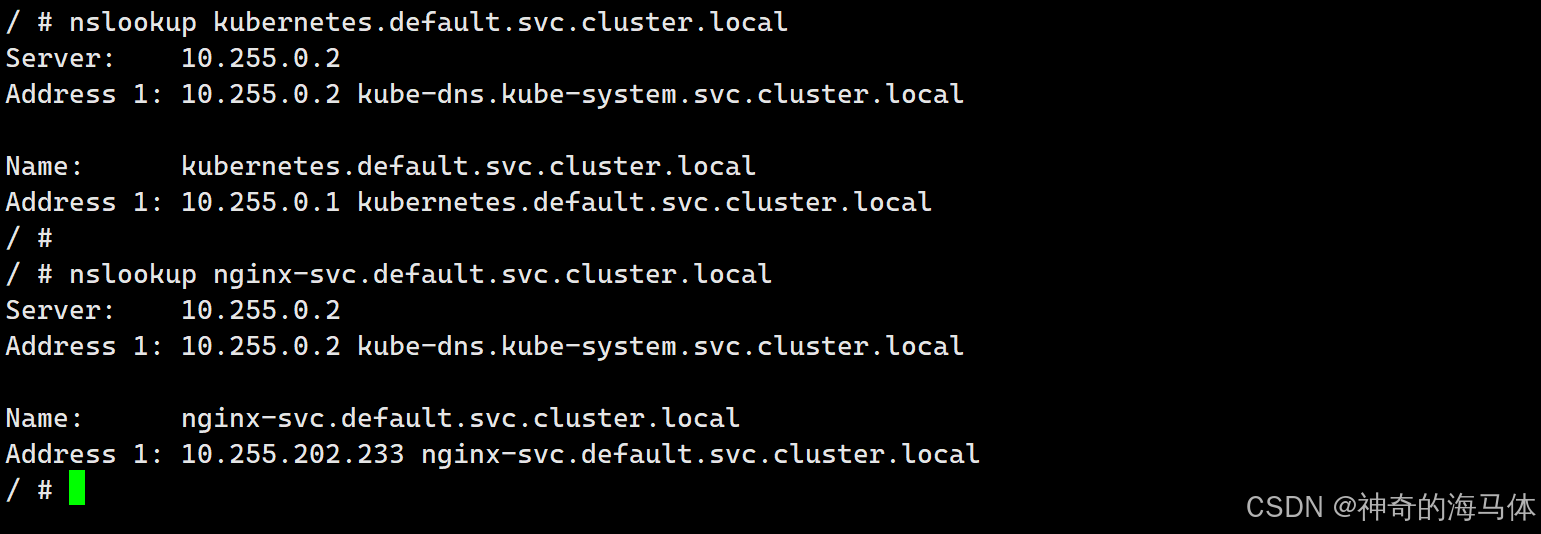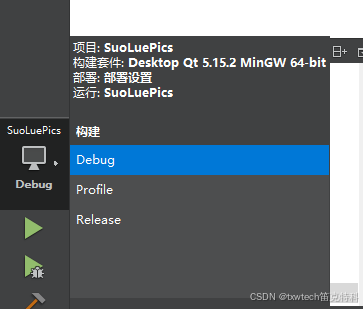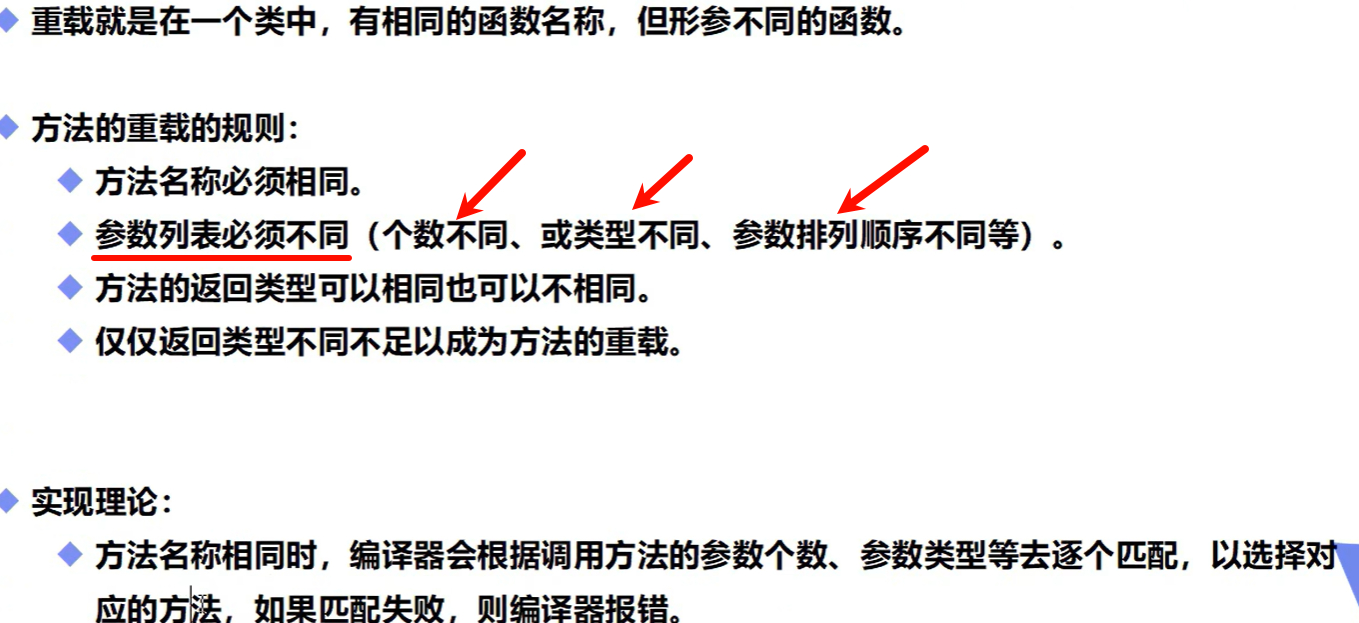
文章目录
- 📝前言
- 🌠list节点
- 🌉list
- 🌠迭代器的创建
- 🌉const迭代器
- 🌠代码
- 🚩总结
📝前言
🌠list节点
我们先建立一个列表里的节点类listnode,用来构造list的节点使用:
// 这个宏定义用于禁用编译器的安全警告。
#define _CRT_SECURE_NO_WARNINGS 1
#include <iostream>
#include <assert.h>
using namespace std;namespace own
{// 定义一个模板结构 listnode,代表链表中的节点template<typename T>struct listnode{// 指向前一个节点的指针listnode<T>* _prev;// 指向下一个节点的指针listnode<T>* _next;// 节点中存储的数据T _data;// 构造函数,初始化链表节点listnode(const T& data = T()): _prev(nullptr) // 前一个节点指针初始化为 nullptr, _next(nullptr) // 下一个节点指针初始化为 nullptr, _data(data) // 节点中存储的数据初始化为传入的值(或默认值){}};
}
🌉list
list主要框架:
template<typename T>class list{typedef listnode<T> Node;public:typedef ListIterator<T> iterator;typedef Listconst_Iterator<T> const_Iterator;list(){_head = new Node();_head->_prev = _head;_head->_next = _head;}iterator begin(){//iterator it(head->next);//return itreturn iterator(_head->_next);}iterator end(){return iterator(_head);}const_Iterator begin() const{//iterator it(head->next);//return itreturn const_Iterator(_head->_next);}const_Iterator end() const{return const_Iterator(_head);}private:Node* _head;};
begin使用迭代器iterator返回第一个数据,end返回最后一个数据的下一个位置,也就是头结点。
void test_list01()
{list<int> first;for (int i = 0; i < 4; i++){first.push_back(i);}//ListIterator<int> it = first.begin();list<int>::iterator it = first.begin();while (it != first.end()){cout << *it << " ";++it;}cout << endl;for (auto e : first){cout << e << " ";}cout << endl;
}

为了方便使用iterator,需要重新typedef命名:
typedef ListIterator<T> iterator;
typedef Listconst_Iterator<T> const_Iterator;
🌠迭代器的创建


我们使用模拟实现vector时,迭代器类型使用的是T*,因为vector底层是数组,地址连续,但是list不能使用T*,因为指针不能直接++,或–;也不能直接使用Node进行++或–,因此Node不符合遍历的行为,需要Listlterator类封装Node*,再通过重载运算符控制他的行为,具体原因也有以下:
-
内存布局:
- 在
vector中,元素是连续存储在内存中的,因此可以使用指针(如T*)进行简单的算术运算(如++和--)来访问相邻元素。 - 在
list中,元素是分散存储的,每个节点通过指针连接到前一个和下一个节点。节点之间的内存地址不连续,因此不能简单地通过指针算术来访问相邻节点。
- 在
-
迭代器的设计:
- 对于
vector,迭代器通常是一个指向数组元素的指针(如T*),可以直接进行指针运算。 - 对于
list,迭代器需要封装一个指向节点的指针(如Node*),并提供自定义的++和--操作符来遍历链表。这是因为在链表中,节点之间的关系是通过指针而不是通过内存地址的连续性来维护的。
- 对于
-
迭代器的有效性:
- 在链表中,插入和删除操作可能会导致迭代器失效。使用
Node*作为迭代器类型时,删除节点后,指向该节点的迭代器将变得无效。因此,链表的迭代器需要在操作后返回一个新的有效迭代器(如在erase方法中返回下一个节点的迭代器)。
- 在链表中,插入和删除操作可能会导致迭代器失效。使用
template<typename T>
struct ListIterator
{typedef listnode<T> Node;typedef ListIterator<T> self;Node* _node;ListIterator(Node* node):_node(node){}bool operator!=(const self& it){return _node != it._node;}bool operator==(const self& it){return _node = it._node;}};
我们先实现list的简单构造函数,接下来是迭代器++和–
//++it
self& operator++()
{_node = _node->_next;return *this;
}//it++
self operator++(int)
{self tmp(*this);_node = _node->_next;return tmp;
}self& operator--()
{_node = _node->_prev;return *this;
}self operator--(int)
{self tmp(*this);_node = _node->_prev;return tmp;
}
那么迭代器怎么访问数据的两种方法:
对于pos类:
struct Pos
{int _row;int _col;Pos(int row = 0, int col = 0):_row(row),_col(col){}
};
先把数据插入的多种方法:
void test_list2()
{list<Pos> lt1;A aa1(100,100);A aa2 = {100,100};lt1.push_back(aa1);lt1.push_back(aa2);lt1.push_back({100,100})lt1.push_back(Pos(100, 100));
}
我们使用其中一种方法插入数据就行:
void test_list2()
{list<Pos> lt1;lt1.push_back(Pos(100, 100));lt1.push_back(Pos(200, 200));lt1.push_back(Pos(300, 300));list<Pos>::iterator it = lt1.begin();while (it != lt1.end()){cout << (*it)._row << ":" << (*it)._col << endl;++it;}cout << endl;
}
这里数据是struct公有的,解引用得到的可以通过.访问符进行访问
cout << (*it)._row << ":" << (*it)._col << endl;
这里访问方式就是指针解引用用.访问符进行取数据:
A* ptr = &aa1;
(*ptr)._a1;

第二种:
还有使用->访问:
cout << it->_row << ":" << it->_col << endl;
但是这样需要重载operator->运算符
T* operator->()
{return &_node->_data;
}
返回的是_data的地址

实际上它是有两个->的,第一个是oeprator()->,第二个是->
cout << it.operator->()->_row << ":" << it.operator->()->_col << endl;
这里隐藏了一个箭头,一个是重载,一个是原生指针的访问操作
在你提供的test_list02函数中,确实存在一个关于箭头操作符(->)的重载和原生指针访问的混合使用。让我们详细分析一下这个情况。
🌉const迭代器
typedef Listconst_Iterator<const T> const_Iterator;
对于这个cons_itertator直接这样加是不行的,无法编译成功,const不能调用非const成员函数
我们增加const版本的迭代器
typedef Listconst_Iterator<T> const_Iterator;
const_Iterator begin() const
{//iterator it(head->next);//return itreturn const_Iterator(_head->_next);
}const_Iterator end() const
{return const_Iterator(_head);
}
这里实现const迭代器呢?
第一种:单独实现一个类,修改正常版本的迭代器:
template<typename T>
class Listconst_Iterator
{typedef listnode<T> Node;typedef Listconst_Iterator<T> self;
public:Node* _node;Listconst_Iterator(Node* node):_node(node){}//++itself& operator++(){_node = _node->_next;return *this;}//it++self operator++(int){self tmp(*this);_node = _node->_next;return tmp;}self& operator--(){_node = _node->_prev;return _node;}self operator--(int){self tmp(*this);_node = _node->_prev;return tmp;}const T* operator->(){return &_node->_data;}const T& operator*(){return _node->_data;}bool operator!=(const self& it){return _node != it._node;}bool operator==(const self& it){return _node = it._node;}};
我们目的是不修改指向的值,只需要在这两个函数前面加上const即可:
const T* operator->()
{return &_node->_data;
}
const T& operator*()
{return _node->_data;
}

第二种:合并两个迭代器
template<typename T,class ptr,class ref>
struct ListIterator
{typedef listnode<T> Node;typedef ListIterator<T, ptr, ref> self;Node* _node;ListIterator(Node* node):_node(node){}ptr operator->(){return &_node->_data;}ref operator*(){return _node->_data;}bool operator!=(const self& it){return _node != it._node;}bool operator==(const self& it){return _node = it._node;}};
- 模板定义
template<typename T, class ptr, class ref>
struct ListIterator
ListIterator是一个模板结构体,接受三个模板参数:T:表示链表中存储的数据类型。ptr:表示指向T类型的指针类型(通常是T*)。ref:表示对T类型的引用类型(通常是T&)。
- 类型别名
typedef listnode<T> Node;
typedef ListIterator<T, ptr, ref> self;
Node是一个类型别名,表示链表节点的类型,即listnode<T>。self是一个类型别名,表示当前迭代器类型ListIterator<T, ptr, ref>,用于在成员函数中引用自身类型。
ptr operator->()
{return &_node->_data;
}
- 重载了箭头操作符
operator->(),使得可以通过迭代器访问节点中的数据。 - 返回
_node指向的节点的_data成员的地址,允许使用it->语法来访问数据。
ref operator*()
{return _node->_data;
}
- 重载了解引用操作符
operator*(),使得可以通过迭代器直接访问节点中的数据。 - 返回
_node指向的节点的_data成员,允许使用*it语法来访问数据。
最后我们需要在使用list里重新定义:
template<typename T>class list{typedef listnode<T> Node;public://typedef ListIterator<T> iterator;//typedef Listconst_Iterator<T> const_Iterator;typedef ListIterator<T, T*, T&> iterator;typedef ListIterator<T, const T*, const T&> const_Iterator;list(){_head = new Node();_head->_prev = _head;_head->_next = _head;}......}
搞定了这些就是插入的删除的一些操作了
insert()
insert在这里不会出现迭代器失效,我们可以按照库里的写法进行模仿:
//没有iterator失效
iterator insert(iterator pos, const T& x)
{Node* cur = pos._node;Node* newnode = new Node(x);Node* prev = cur->_prev;prev->_next = newnode;newnode->_prev = prev;newnode->_next = cur;cur->_prev = newnode;return iterator(newnode);
}
erase
//erase 后pos失效了,pos指向的节点就被释放了
iterator erase(iterator pos)
{Node* cur = pos._node;Node* prev = cur->_prev;Node* next = cur->_next;prev->_next = next;next->_prev = prev;delete cur;return iterator(next);
}
erase()函数完成后,it所指向的节点已被删除,所以it无效,在下一次使用it时,必须先给其赋值erase删除返回的是下一个位置的迭代器
🌠代码
list.h
# define _CRT_SECURE_NO_WARNINGS 1
#include <iostream>
#include <assert.h>using namespace std;namespace own
{template<typename T>struct listnode{listnode<T>* _prev;listnode<T>* _next;T _data;listnode(const T& data = T()):_prev(nullptr), _next(nullptr), _data(data){}};template<typename T,class ptr,class ref>struct ListIterator{typedef listnode<T> Node;typedef ListIterator<T, ptr, ref> self;Node* _node;ListIterator(Node* node):_node(node){}//++itself& operator++(){_node = _node->_next;return *this;}//it++self operator++(int){self tmp(*this);_node = _node->_next;return tmp;}self& operator--(){_node = _node->_prev;return *this;}self operator--(int){self tmp(*this);_node = _node->_prev;return tmp;}ptr operator->(){return &_node->_data;}ref operator*(){return _node->_data;}bool operator!=(const self& it){return _node != it._node;}bool operator==(const self& it){return _node = it._node;}};//template<typename T>//class Listconst_Iterator//{// typedef listnode<T> Node;// typedef Listconst_Iterator<T> self;//public:// Node* _node;// Listconst_Iterator(Node* node)// :_node(node)// {}// //++it// self& operator++()// {// _node = _node->_next;// return *this;// }// //it++// self operator++(int)// {// self tmp(*this);// _node = _node->_next;// return tmp;// }// self& operator--()// {// _node = _node->_prev;// return _node;// }// self operator--(int)// {// self tmp(*this);// _node = _node->_prev;// return tmp;// }// const T* operator->()// {// return &_node->_data;// }// const T& operator*()// {// return _node->_data;// }// bool operator!=(const self& it)// {// return _node != it._node;// }// bool operator==(const self& it)// {// return _node = it._node;// }//};template<typename T>class list{typedef listnode<T> Node;public://typedef ListIterator<T> iterator;//typedef Listconst_Iterator<T> const_Iterator;typedef ListIterator<T, T*, T&> iterator;typedef ListIterator<T, const T*, const T&> const_Iterator;list(){_head = new Node();_head->_prev = _head;_head->_next = _head;}iterator begin(){//iterator it(head->next);//return itreturn iterator(_head->_next);}iterator end(){return iterator(_head);}const_Iterator begin() const{//iterator it(head->next);//return itreturn const_Iterator(_head->_next);}const_Iterator end() const{return const_Iterator(_head);}void push_back(const T& val = T()){/*Node* newnode = new Node(val);Node* tail = _head->_prev;tail->_next = newnode;newnode->_prev = tail;newnode->_next = _head;_head->_prev = newnode;*/insert(end(), val);}void pop_back(){erase(--end());}void push_front(const T& val = T()){insert(begin(), val);}void pop_front(){erase(begin());}//没有iterator失效iterator insert(iterator pos, const T& x){Node* cur = pos._node;Node* newnode = new Node(x);Node* prev = cur->_prev;prev->_next = newnode;newnode->_prev = prev;newnode->_next = cur;cur->_prev = newnode;return iterator(newnode);}//erase 后pos失效了,pos指向的节点就被释放了iterator erase(iterator pos){Node* cur = pos._node;Node* prev = cur->_prev;Node* next = cur->_next;prev->_next = next;next->_prev = prev;delete cur;return iterator(next);}private:Node* _head;};void test_list01(){list<int> first;for (int i = 0; i < 4; i++){first.push_back(i);}//ListIterator<int> it = first.begin();list<int>::iterator it = first.begin();while (it != first.end()){cout << *it << " ";++it;}cout << endl;for (auto e : first){cout << e << " ";}cout << endl;}struct pos{int _row;int _col;pos(int row = 0, int col = 0):_row(row), _col(col){}};void test_list02(){list<pos> It1;It1.push_back(pos(100, 200));It1.push_back(pos(300, 400));It1.push_back(pos(500, 600));list<pos>::iterator it = It1.begin();while (it != It1.end()){//cout << (*it)._row << ":" << (*it)._col << endl;// 为了可读性,省略了一个->//cout << it->_row << ":" << it->_col << endl;//cout << it->->_row << ":" << it->->_col << endl;cout << it.operator->()->_row << ":" << it.operator->()->_col << endl;++it;}cout << endl;}void Fun(const list<int>& lt){list<int>::const_Iterator it = lt.begin();while (it != lt.end()){cout << *it << " ";++it;}cout << endl;}void test_list03(){list<int> It2;It2.push_back(1);It2.push_back(2);It2.push_back(3);Fun(It2);}void test_list04(){list<int> It3;It3.push_back(1);It3.push_back(2);It3.push_back(3);It3.insert(It3.begin(), 100);It3.push_back(1);It3.push_back(2);It3.push_back(3);It3.erase(++It3.begin());list<int>::iterator it = It3.begin();while (it != It3.end()){cout << *it << " ";++it;}cout << endl;It3.pop_back();list<int>::iterator it2 = It3.begin();while (it2 != It3.end()){cout << *it2 << " ";++it2;}cout << endl;It3.push_front(200);list<int>::iterator it3 = It3.begin();while (it3 != It3.end()){cout << *it3 << " ";++it3;}cout << endl;It3.pop_front();list<int>::iterator it4 = It3.begin();while (it4 != It3.end()){cout << *it4 << " ";++it4;}}
}
🚩总结


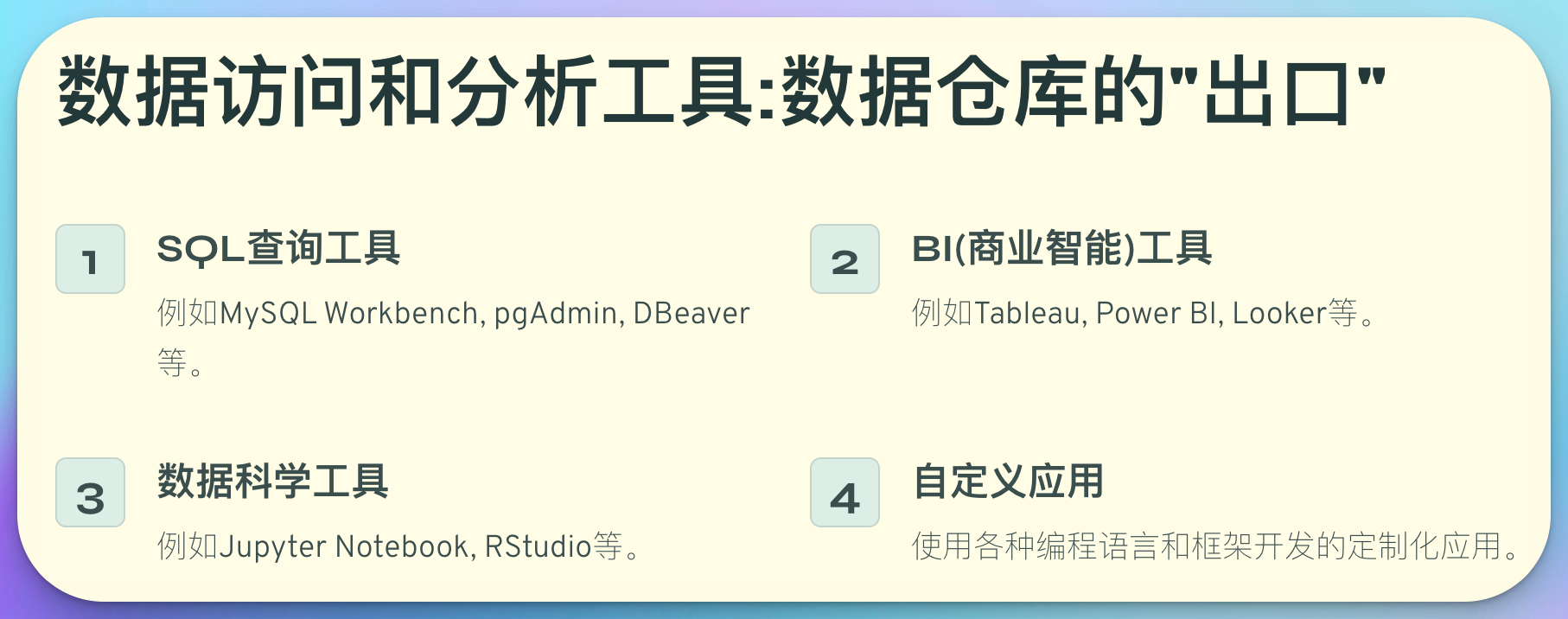
![[Algorithm][综合训练][体育课测验(二)][合唱队形][宵暗的妖怪]详细讲解](https://i-blog.csdnimg.cn/direct/e81daa5bca604435aca824c5dc3ee813.png)








